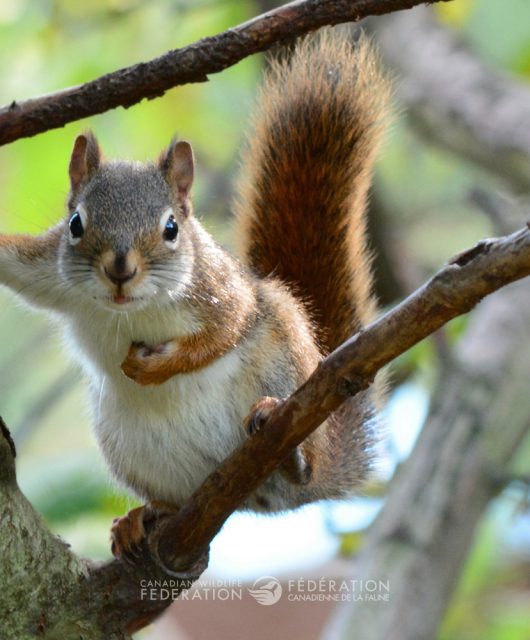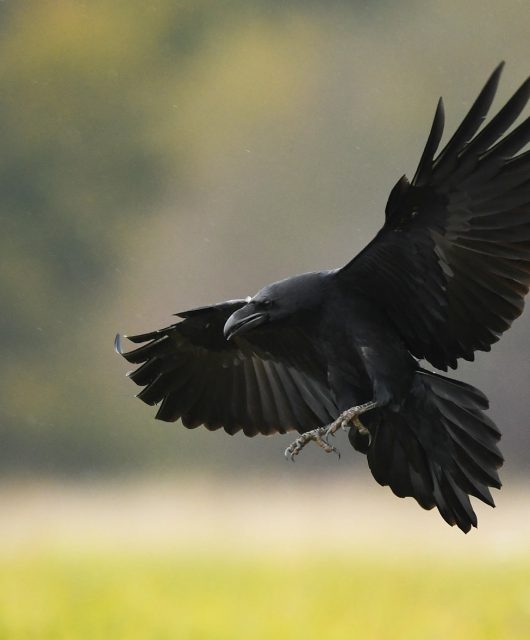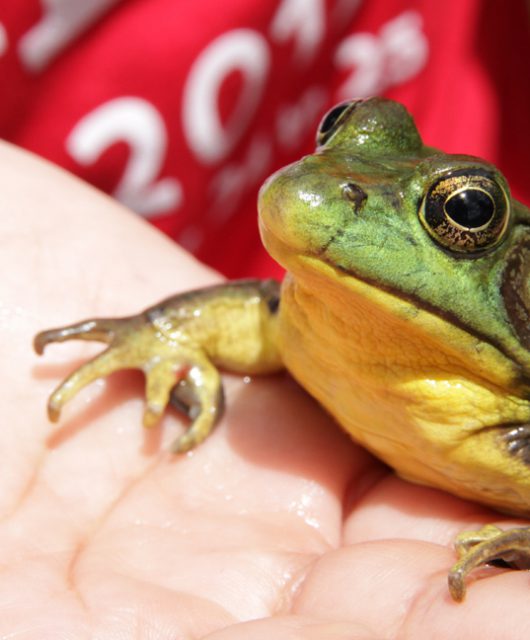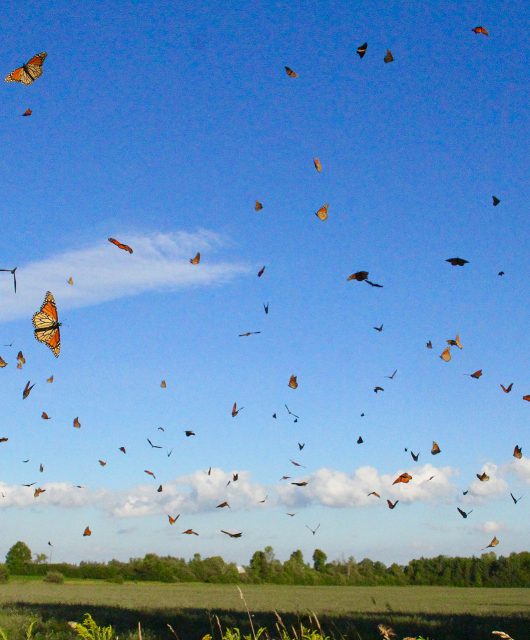In our modern world, we have lost the connection between the foods we eat and the crops that provide them. It is called “plant blindness” and it is a dangerous thing.
Several years ago, I stumbled on the Eden Project in Cornwall, England, while I was doing some research for a book. For about 160 years, the site was a mine producing white clay for Cornish porcelain, until the clay ran out. Today, nearly 20 years later, it has been made into a vast, vibrant garden, like its Biblical namesake. It contains about 12 hectares of plants, some housed in geodesic domes that function as complex ecosystems, such as a tropical rainforest. More than two million plants grow there. It’s a spectacular site, rising up out of a Cornish valley like a series of giant bubbles against the hills. But rather than the view, it’s a story I heard there that has stuck with me.
“Plant blindness” refers to the fact that many humans don’t recognize that we depend on plants for survival.
~Alanna Mitchell
Shortly after Eden opened, groups of schoolchildren began flocking there to marvel at the plants. Weird flowers thriving in what felt — to a British kid — like a living sauna. Shapes and textures of leaves and stems that felt like they were from another planet. The kids were entranced.

But then one of them came upon something he simply couldn’t understand at all. It was an orange, growing on a tree. He protested. It was a fake, he asserted.
Someone must have taped the orange to the branch. Oranges don’t grow on trees; they come from the supermarket.
This is a phenomenon called “plant blindness.” Coined in 1998, the term refers to the fact that many humans don’t recognize that we depend on plants for survival. It’s a relatively new — and bizarrely fascinating — idea. Consider the fact that for most of the past 10,000 years, coaxing plants to do what we want has been an honoured and time-consuming obsession… and a prerequisite of human civilization.
We cajoled them into giving us bigger seeds that we could grow more easily. And we carefully crossbred different types to make sure the fruit would last through the winter or the leaves would be less tasty to pests or give us more energy.
A famous example is corn. Its ancestor was a type of wild grass — teosinte — with tiny cobs featuring miniscule kernels covered in hard shells. Thousands of years ago, Neolithic farmers in the Americas began saving the sweetest kernels for planting, nipping off extra stalks to make the heads grow bigger. Eventually, we ended up with the bruiser ears of corn we cherish today for tossing on the barbecue or boiling up in a pot of water, then slathering with butter.

In fact, human civilization has depended on knowing what crop to plant when, and when to harvest. Today, there’s a worrying disconnect, according to a paper by Tara Moreau of the University of British Columbia Botanical Garden and others, published a few months ago in Plants, People, Planet. Back in 1880, half the U.S. population was involved in agriculture. Today, it’s just two per cent. Most of us live in cities. And many of the crops are grown to be processed into other un-plant-like substances: syrup, meal, flour, oil and starch.
Those plump kernels of corn, for example, are so ubiquitous and processed into so many other commodities that a quarter of the 45,000 or so items in the typical American supermarket contain the stuff, according to the food writer Michael Pollan. That includes diapers and toothpaste.
The problem is that we don’t value what we don’t see. And as the climate changes, growing plants for food is going to be more and more important, argue Moreau and her coauthors. And trickier. It’s tied up with many other modern-day imperatives: the need to improve soil, conserve water, feed a growing population, preserve pollinators and reduce greenhouse gas emissions.
They suggest going back to the garden. To them, it means using botanical gardens, like the Eden Project or the UBC Botanical Garden, or any of the 3,500 others around the world, to educate people about what plants do. It’s a bid to help humans relearn the concept that plants feed us, that we need them.

Maybe the human longing for plants is not completely lost. Moreau and her co-authors note that every major metropolis around the world features a public garden — or one nearby. They are on every continent except icy Antarctica. Already, they attract 250 million visitors a year, many of whom live in concrete jungles.
As for the Eden Project, I checked back again recently. This exhausted mine site has become a leading tourist attraction in the United Kingdom, with more than a million visitors a year. That’s twice as many as Buckingham Palace.
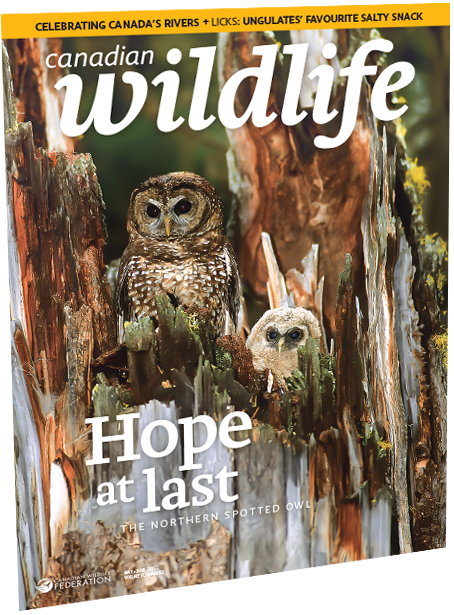
Reprinted from Canadian Wildlife magazine. Get more information or subscribe now! Now on newsstands! Or, get your digital edition today!

